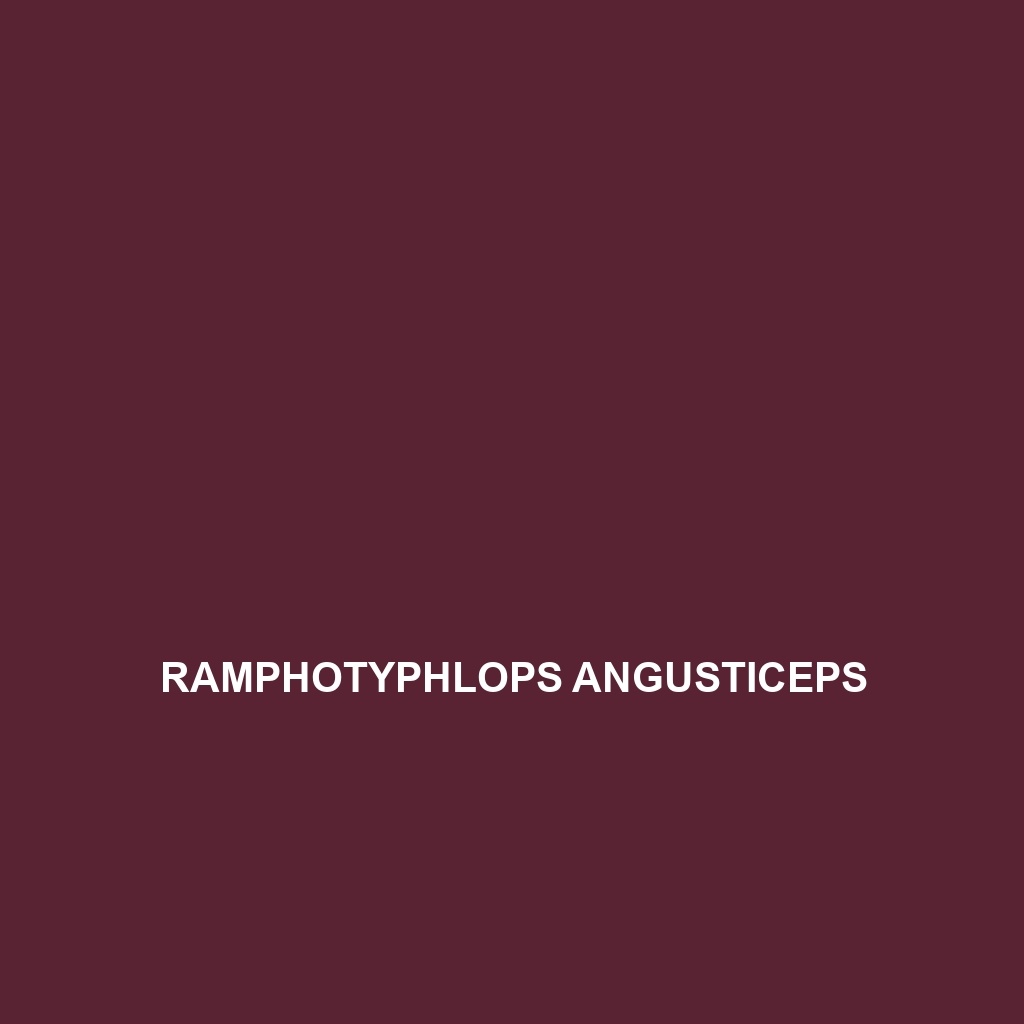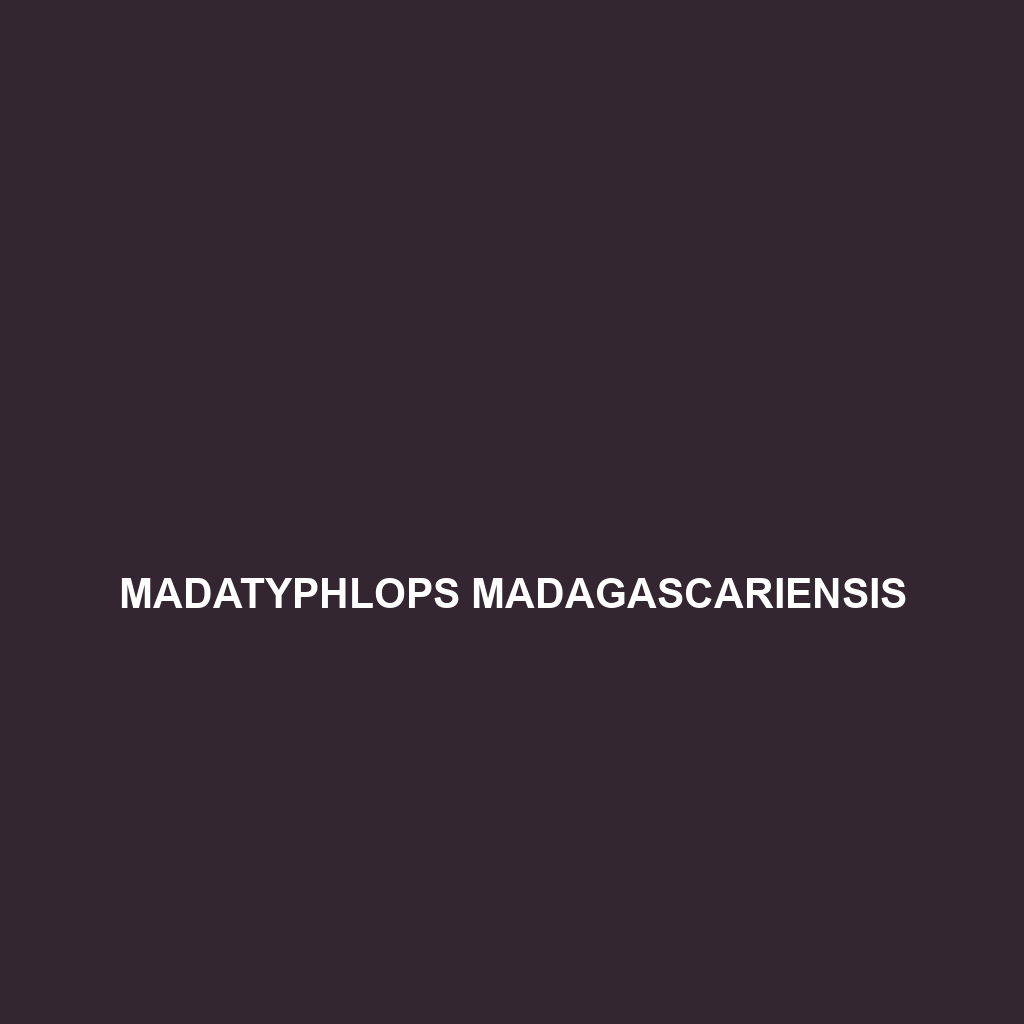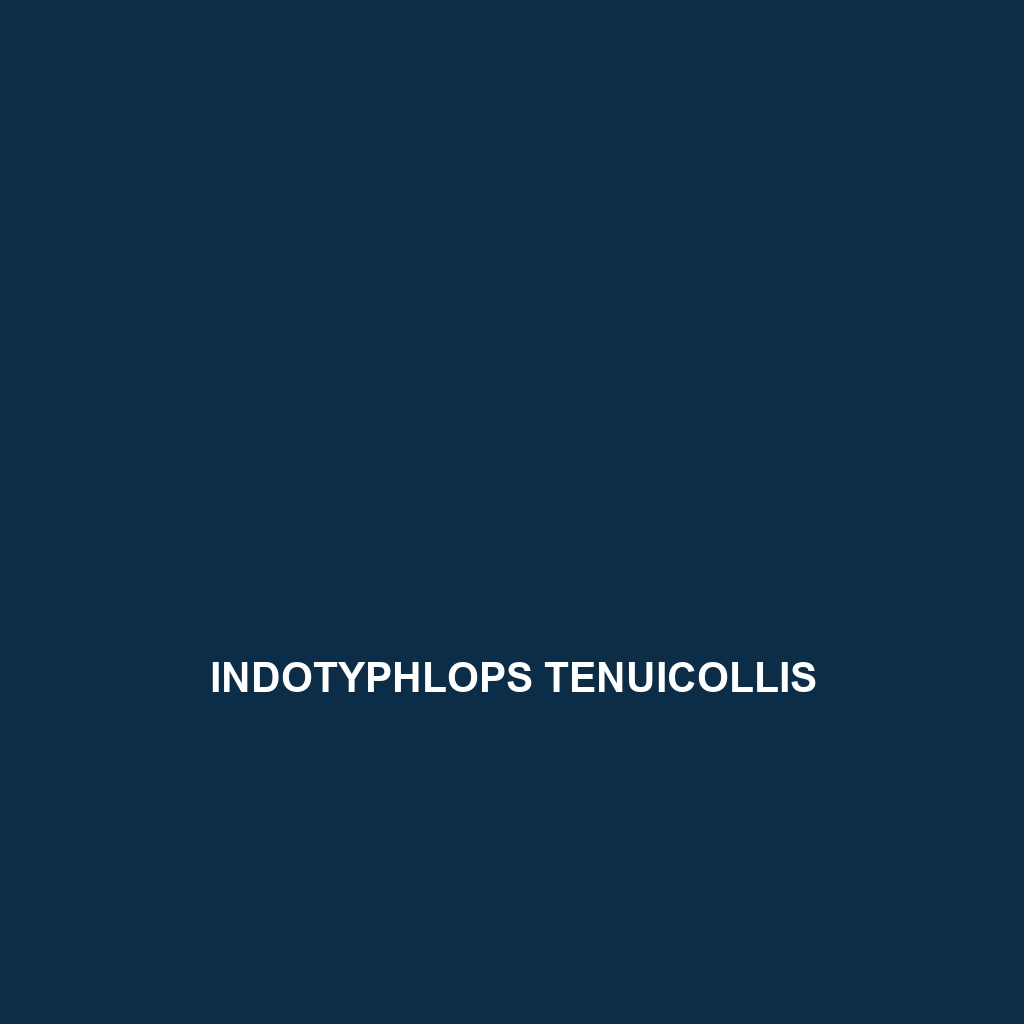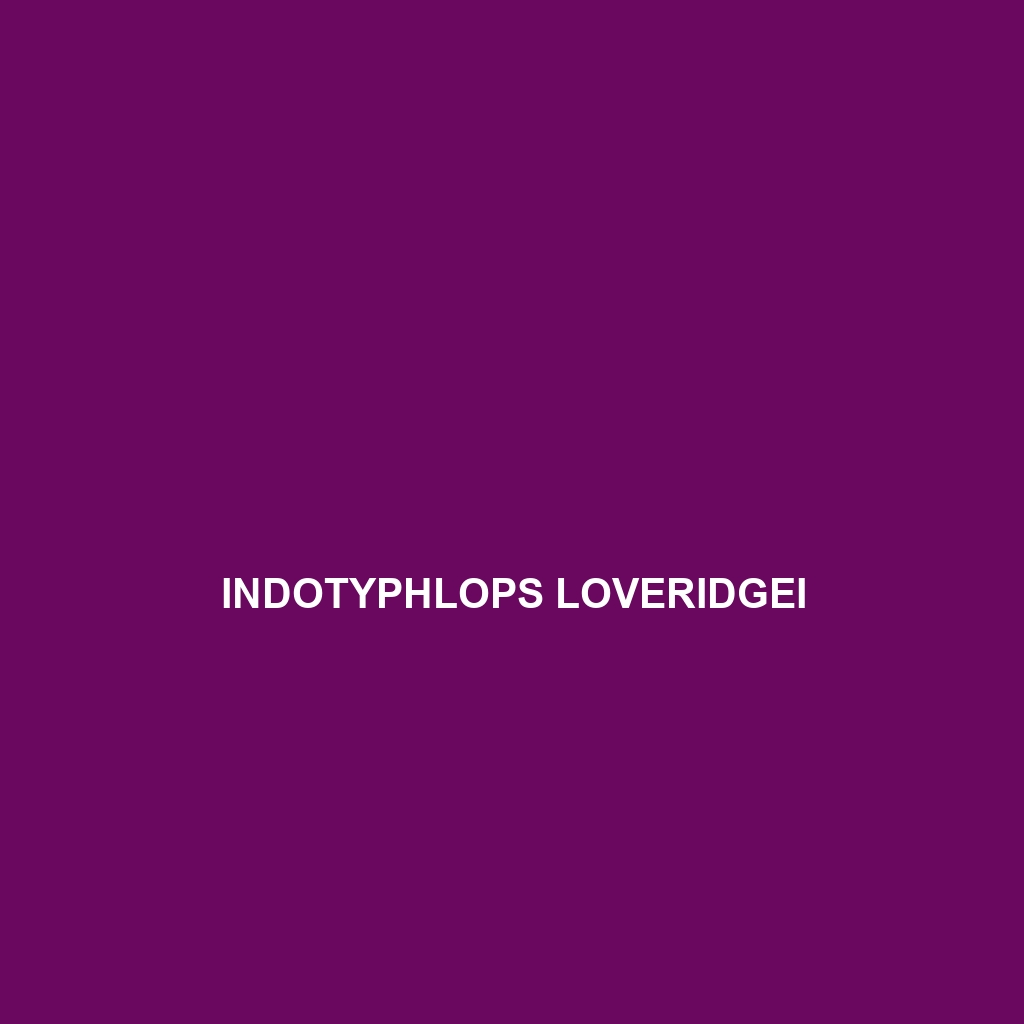Discover the Ramphotyphlops angusticeps, also known as the slender blind snake, a nocturnal insectivore found in tropical regions, particularly in Southeast Asia. With an elongated body, rudimentary eyes, and a specialized diet of ants and termites, this elusive species plays a vital role in maintaining ecological balance by regulating invertebrate populations.
Tag: blind snake habitat
Rena dugesii
<p><b>Rena dugesii</b>, also known as Duges' Blind Snake, is a small, nocturnal insectivore native to the rainforests of Central America. With a slender, cylindrical body that measures 30 to 60 centimeters, this species primarily feeds on small invertebrates and plays a crucial role in maintaining soil health and ecosystem balance.</p>
Ramphotyphlops lorenzi
Discover the Lorenzi Blind Snake (Ramphotyphlops lorenzi), a fascinating insectivore known for its cylindrical body, minimal eyesight, and impressive burrowing abilities. Found in humid tropical and subtropical habitats, this species plays a vital role in pest control and soil aeration, showcasing its significance in maintaining ecological balance.
Ramphotyphlops angusticeps
Discover the Ramphotyphlops angusticeps, also known as the slender blind snake, a nocturnal insectivore found in tropical regions, particularly in Southeast Asia. With an elongated body, rudimentary eyes, and a specialized diet of ants and termites, this elusive species plays a vital role in maintaining ecological balance by regulating invertebrate populations.
Madatyphlops rajeryi
Discover the Madatyphlops rajeryi, or Rajery's blind snake, a unique burrowing species found in Madagascar's rainforests, characterized by its smooth, elongated body, vestigial eyes, and diet consisting primarily of small invertebrates like earthworms and termites. This vulnerable species plays a crucial role in maintaining soil health and biodiversity within its ecosystem.
Madatyphlops madagascariensis
The Madagascar blind snake (<i>Madatyphlops madagascariensis</i>) is a fossorial species native to Madagascar, characterized by its elongated body and vestigial eyes, thriving in diverse habitats such as rainforests and savannas. Primarily nocturnal and insectivorous, it plays a crucial role in controlling ant and termite populations within its ecosystem.
Indotyphlops tenuicollis
Discover the Indotyphlops tenuicollis, or slender blind snake, a unique fossorial species thriving in humid tropical rainforests and savannas. With a smooth, elongated body measuring 20 to 25 cm and vestigial eyes, this insectivore plays a vital role in its ecosystem by controlling invertebrate populations and aerating the soil.
Indotyphlops schmutzi
Introducing the Indotyphlops schmutzi, or Schmutz's blind snake, a small, sleek serpent native to the tropical rainforests of Southeast Asia, known for its unique burrowing capabilities and diet of soft-bodied invertebrates. With a length of 20 to 30 centimeters and nearly blind due to deeply embedded eyes, this species plays a critical role in maintaining soil health and biodiversity in its humid, densely vegetated habitat.
Indotyphlops loveridgei
Discover the fascinating Indotyphlops loveridgei (Loveridge's blind snake), a nocturnal inhabitant of East Africa's lush rainforests, known for its slender, eyeless body and diet primarily consisting of small invertebrates. This intriguing species plays a key role in soil aeration and insect population control, contributing to the health of its ecosystem.
Epictia rufidorsa
<p><b>Epictia rufidorsa</b>, known as the Reddish Blind Snake, is a small, slender snake native to tropical and subtropical regions of Central and South America. This nocturnal, burrowing species features a reddish-brown body and vestigial eyes, primarily feeding on invertebrates and playing a vital role in maintaining ecological balance through its predatory and burrowing behaviors.</p>









